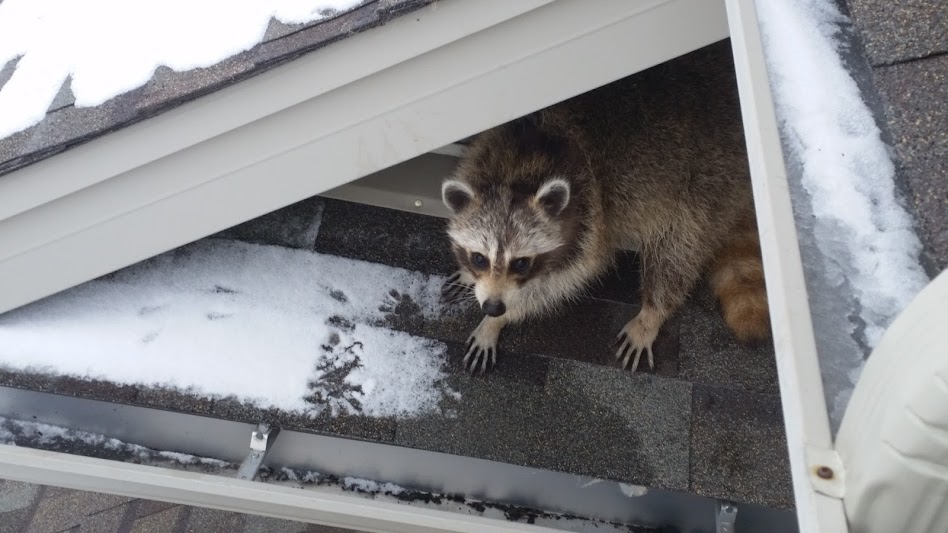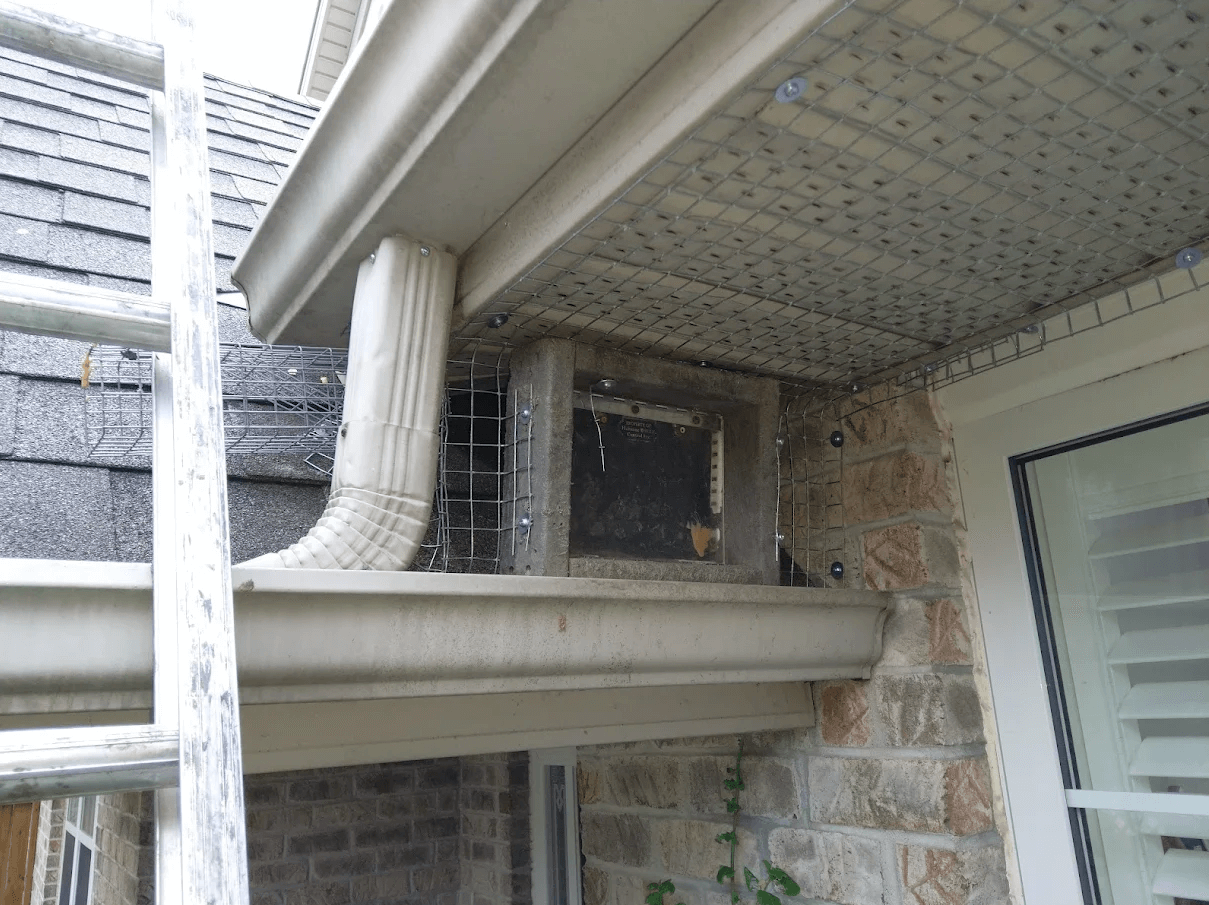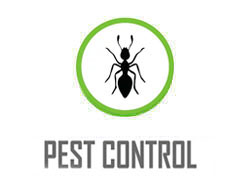
Why Do It Yourself Measures Don’t Work for Raccoon Removal
Over the years, Skedaddle has seen just about every DIY solution for getting rid of raccoons. While some have limited success, most do not and in many cases they serve to make the job more difficult. These days, the internet is full of advice for those wishing to send raccoons packing. Below is a list of common quick fixes that fall short of a real solution.
TRAPPING
Capturing animals and driving them away to the county seldom offers a long-term solution and can often complicate matters further. Many homeowners who suspect a raccoon has decided to take up residence in their attic rush out to the hardware store to buy a live-trap in hopes of baiting and capturing their unwanted houseguest. Here’s why you shouldn’t:
- Raccoons are intelligent animals – if they have been captured previously they can become “trap shy” and will avoid going into a trap.
- Traps are indiscriminate – if you put food in a trap you have every chance of attracting and capturing any animal in the neighbourhood, including other raccoons, cats or worse, a skunk.
- It ignores the other 15-25 raccoons in the neighbourhood – trapping and relocating a single raccoon does nothing to address how they entered your home in the first place. If one raccoon was attracted to your home you can bet the others will be too.
- You could orphan the babies – if you trap a raccoon mother and get rid of her you could end up leaving a litter of babies to die in your attic, costing you further time and money
- Relocating wildlife is inhumane – relocated raccoons, especially babies have very little chance of survival because they are unfamiliar with how find food and shelter in their new surroundings
- It’s illegal – many jurisdictions have made relocating wildlife beyond specific distances illegal to reduce the spread of disease. Put it this way, you wouldn’t want someone from the country dropping off potentially rabid raccoons in your backyard.
MOTHBALLS AND AMMONIA
Mothballs and ammonia have long been promoted as chemical raccoon deterrents. The simple truth is that they do nothing to stop raccoons from nesting in your attic. Not only is it impossible to completely fill your attic with mothballs and ammonia, it can be downright toxic for you and your family. Raccoons are tough, wild animals that will easily push a few mothballs and ammonia-soaked rags out of their way.
LOUD NOISES AND LIGHTS
Some people will put radios and lights in their attics in hopes of getting rid of raccoons. Raccoons are so accustomed to human sounds that leaving a radio on in the attic is unlikely to instill any fear. That the radio would have to be played all night long and at a volume that would keep you from getting sleep. Large cavernous attics also supply raccoons with plenty of places to tuck away and hide from lights. Even if lights and noise work for a time, they fail to provide any long-term protection against future invasion and could cause a raccoon mother to abandon her babies in your attic.
ENCOURAGING THEM TO LEAVE
When you have raccoons on your property, the only thing on your mind is getting them to leave. For many homeowners, this can lead them to crawling into an attic space themselves and attempting to encourage the raccoon to leave. Unfortunately, only wildlife professionals that understand raccoon’s behaviour can safely enter a raccoon’s den site. Much like you see them, a raccoon regards a human entering their den site as a threat, and may attack in self defense. Due to various bacteria and diseases that raccoons can transfer to humans – distance is always the best option. Not only is raccoon removal without professional help dangerous and unsuccessful, the raccoon can easily return to their entry point once you have left the attic.
WHAT IS WILDLIFE EXCLUSION?
When it comes to keeping raccoons out of your attic for good, physical exclusion is your best bet. Rather than simply removing wildlife, the Skedaddle process secures high quality preventive measures that exclude wildlife from getting back inside a home. Not only will this evict raccoons, it prevents any other species of wildlife taking their place. Exclusion techniques are the best solution because they allow wildlife to naturally relocate themselves and thrive in their ecosystem, while giving homeowners a long term solution.

Physical exclusion is your best bet when it comes to keeping raccoons out of your attic. Sometimes there’s no substitute for rolling up your sleeves and doing the hard work. If you need help, give Skedaddle a call at 1-888-592-0387.
Some More Helpful Articles:
CALL US TODAY
1.888.592.0387
OR
Request for Services



FOLLOW US